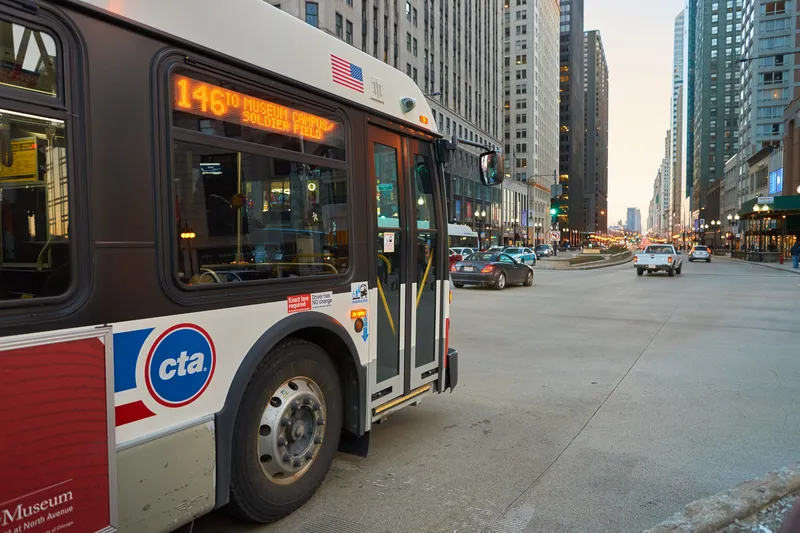Ontario is launching Canada's first high-occupancy toll (HOT) lanes on 15 September as part of a pilot project on the Queen Elizabeth Way (QEW) between Trafalgar Road in Oakville and Guelph Line in Burlington to help manage congestion and add another option for travellers. Existing high-occupancy vehicle (HOV) lanes on the highway will be designated as HOT lanes.
As part of the pilot, Ontario is issuing a Request for Information seeking innovative technologies that can be used to support tolling, complia
June 27, 2016
Read time: 2 mins
Ontario is launching Canada's first high-occupancy toll (HOT) lanes on 15 September as part of a pilot project on the Queen Elizabeth Way (QEW) between Trafalgar Road in Oakville and Guelph Line in Burlington to help manage congestion and add another option for travellers. Existing high-occupancy vehicle (HOV) lanes on the highway will be designated as HOT lanes.
As part of the pilot, Ontario is issuing a Request for Information seeking innovative technologies that can be used to support tolling, compliance and performance monitoring of HOT lanes for the purposes of testing during the pilot. The state is looking at technologies such as telematics, radio frequency identification, video-analytics, GPS and infrared cameras.
The pilot will be used to inform long-term planning for future HOT lane implementation and will also support Ontario's innovation sector by providing an opportunity to test emerging traffic management and tolling technologies.
As part of the pilot, Ontario is issuing a Request for Information seeking innovative technologies that can be used to support tolling, compliance and performance monitoring of HOT lanes for the purposes of testing during the pilot. The state is looking at technologies such as telematics, radio frequency identification, video-analytics, GPS and infrared cameras.
The pilot will be used to inform long-term planning for future HOT lane implementation and will also support Ontario's innovation sector by providing an opportunity to test emerging traffic management and tolling technologies.











